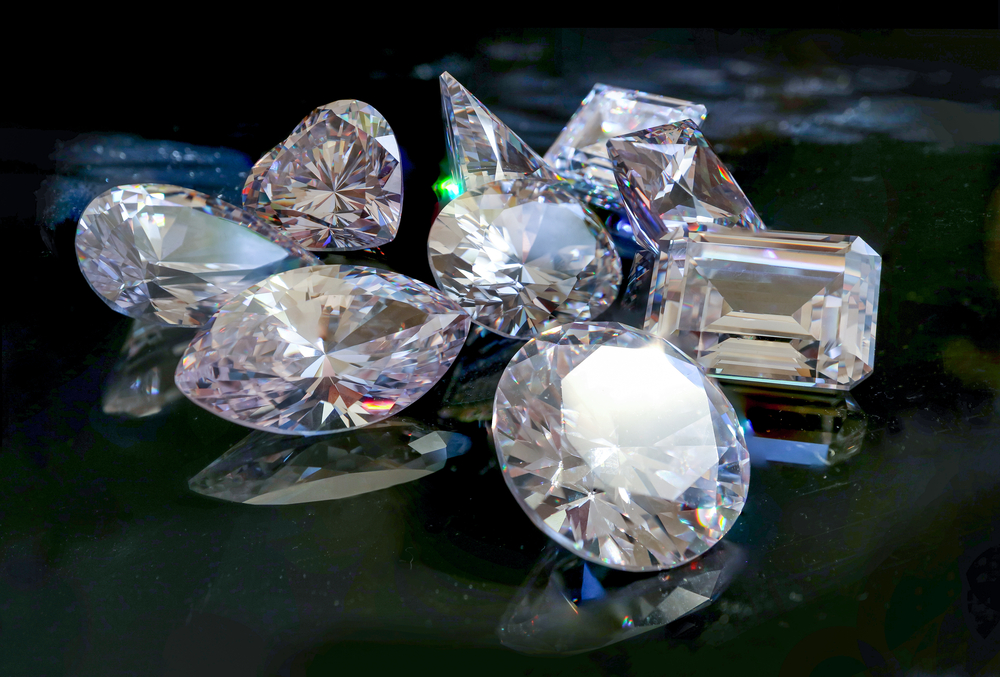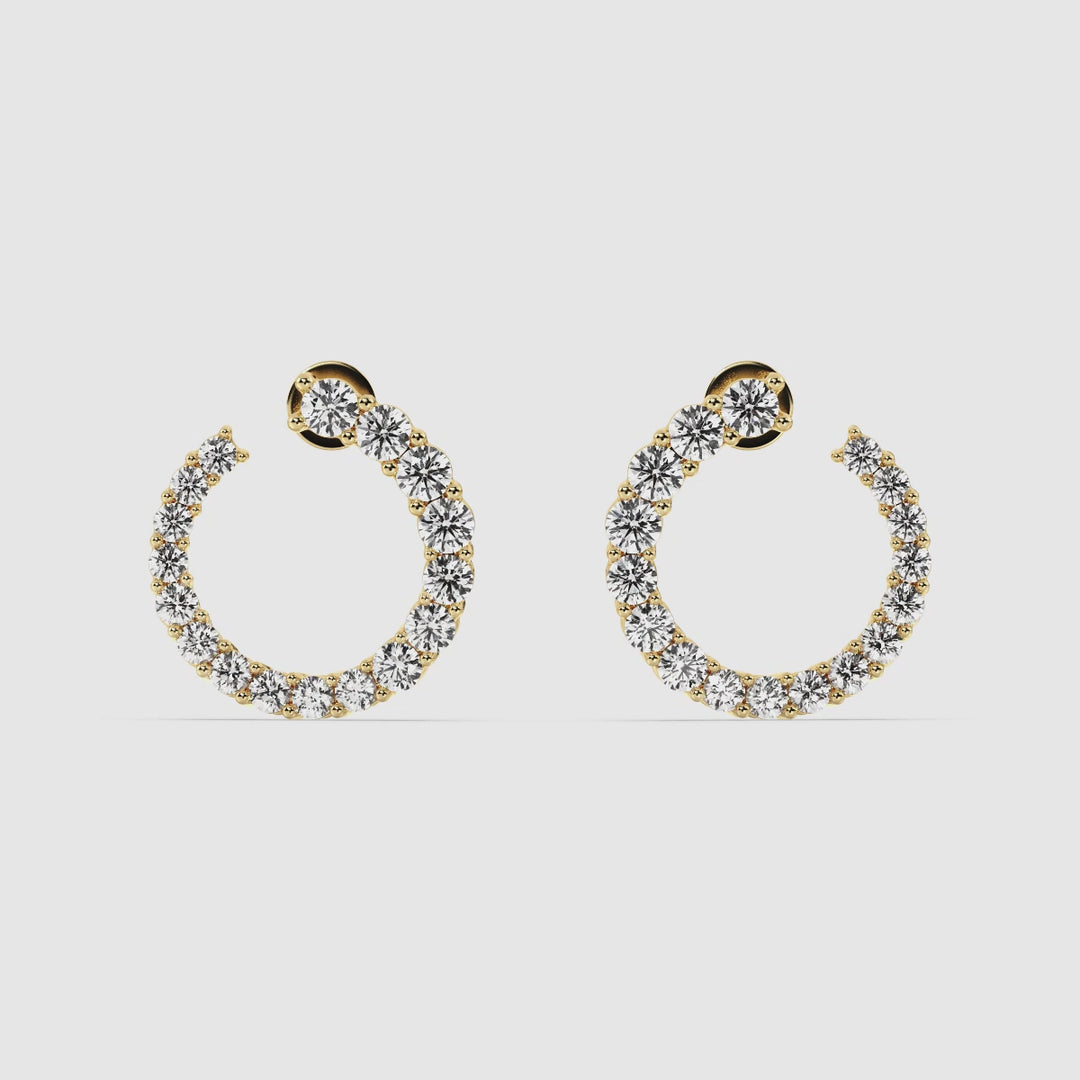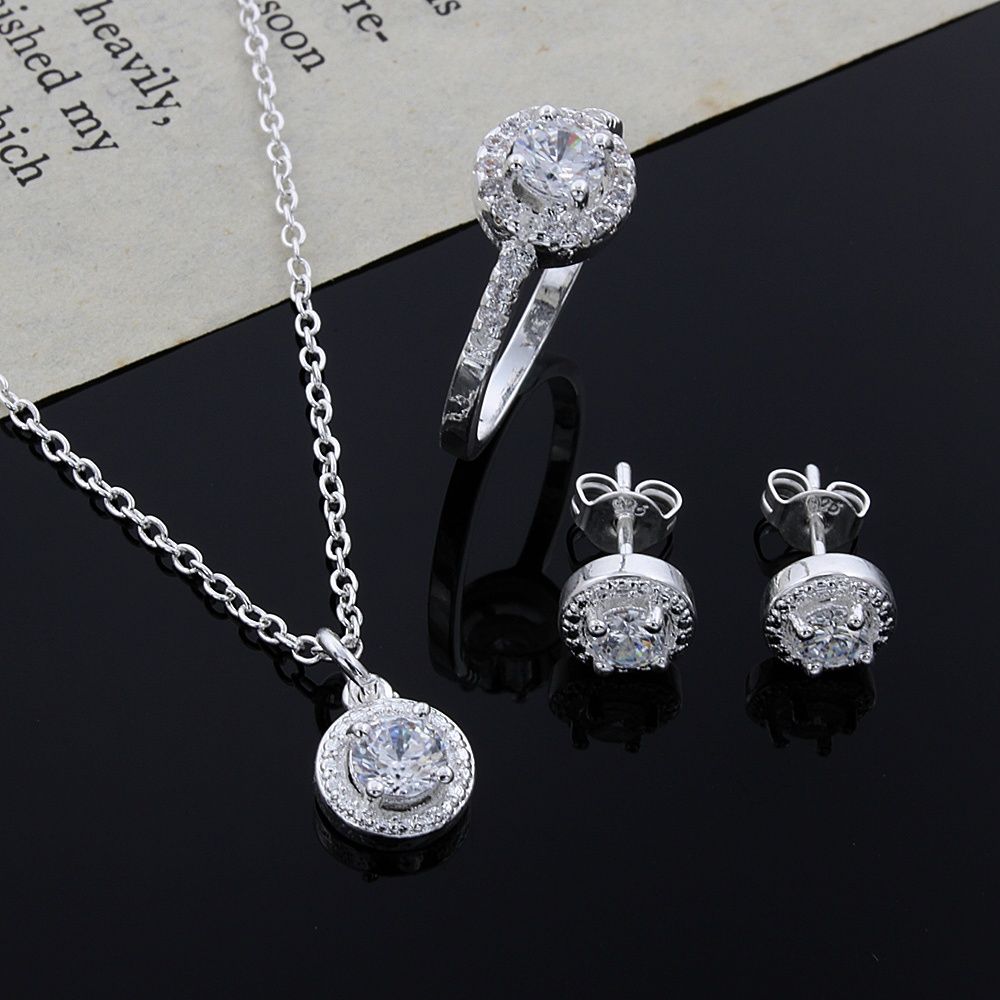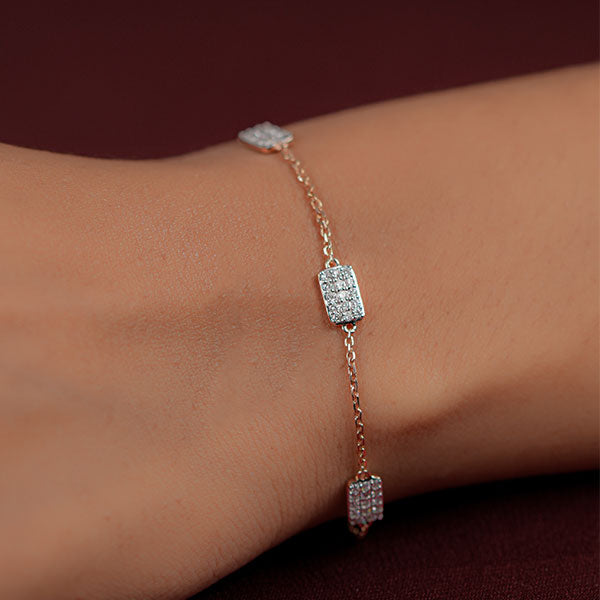
Jenga is a game of physical skill created by British board game designer and author Leslie Scott, and currently marketed by Hasbro. Players take turns removing one block at a time from a tower constructed of 54 blocks. Each block removed is then placed on top of the tower, creating a progressively more unstable structure.
How to Play Jenga
Jenga is played with 54 wooden blocks. Each block is three times as long as it is wide, and one fifth as thick as its length – 1.5 cm × 2.5 cm × 7.5 cm (0.59 in × 0.98 in × 2.95 in). Blocks have small, random variations from these dimensions so as to create imperfections in the stacking process and make the game more challenging. To set up the game, the included loading tray is used to stack the initial tower which has eighteen levels of three blocks placed adjacent to one another along their long side and at right angles to the previous level (so, for example, if the blocks in the first level lie lengthwise north–south, the second-level blocks will lie east–west).
Once the tower is built, the person who built the tower gets the first move. Moving in Jenga consists of taking one, and only one, block from any level (except the one below the incomplete top level) of the tower, and placing it on the topmost level to complete it. Only one hand should be used at a time when taking blocks from the tower. Blocks may be bumped to find a loose block that will not disturb the rest of the tower. Any block that is moved out of place must be returned to its original location before another block is removed. The turn ends when the next person to move touches the tower or after ten seconds, whichever occurs first.
The game ends when the tower falls, or if any piece falls from the tower other than the piece being knocked out to move to the top. The winner is the last person to remove and place a block successfully.
Origins
Jenga was created by Leslie Scott, the co-founder of Oxford Games Ltd, based on a game that evolved within her family in the early 1970s using children’s wooden building blocks the family purchased from a sawmill in Takoradi, Ghana. The name jenga is derived from kujenga, a Swahili word which means ‘to build’. A British national, Scott was born in Tanganyika, where she was raised speaking English and Swahili, before moving to live in Ghana, West Africa. Scott launched the game she named and trademarked as “Jenga” at the London Toy Fair in January 1983 and sold it through her own company, Leslie Scott Associates. The blocks of the first sets of Jenga were manufactured for Scott by the Camphill Village Trust in Botton, Yorkshire. The V&A Museum of Childhood has exhibited one of the original sets of Jenga since 1982.
As of 2021, according to Pokonobe Associates, owners of the Jenga brand, over 90 million Jenga games, equivalent to more than 4.86 billion Jenga blocks, have been sold worldwide.
On November 5, 2020, Jenga was inducted into the National Toy Hall of Fame.
Tallest Tower
The packaging copy of one edition of the Jenga board games claims that Robert Grebler may have built the tallest Jenga tower ever at 402⁄3 levels. Grebler built the tower in 1985 while playing with an original Jenga set produced by Leslie Scott in the early 1980s.
Official variants
Throw ‘n Go Jenga is a variant originally marketed by Hasbro. It consists of blocks that are in various colors plus a six-sided die. It is currently marketed by Art’s Ideas.
Jenga Truth or Dare was a variation of Jenga also marketed by Hasbro. This version looked like regular Jenga except there were three colors of blocks instead of just the natural color of Jenga.
Jenga Pass Challenge includes a handheld platform that the game is played on. Players remove a block while holding the platform, and then pass the platform to the next player. This variant includes only half the number of blocks (27), which means the tower starts at nine levels high instead of eighteen.
